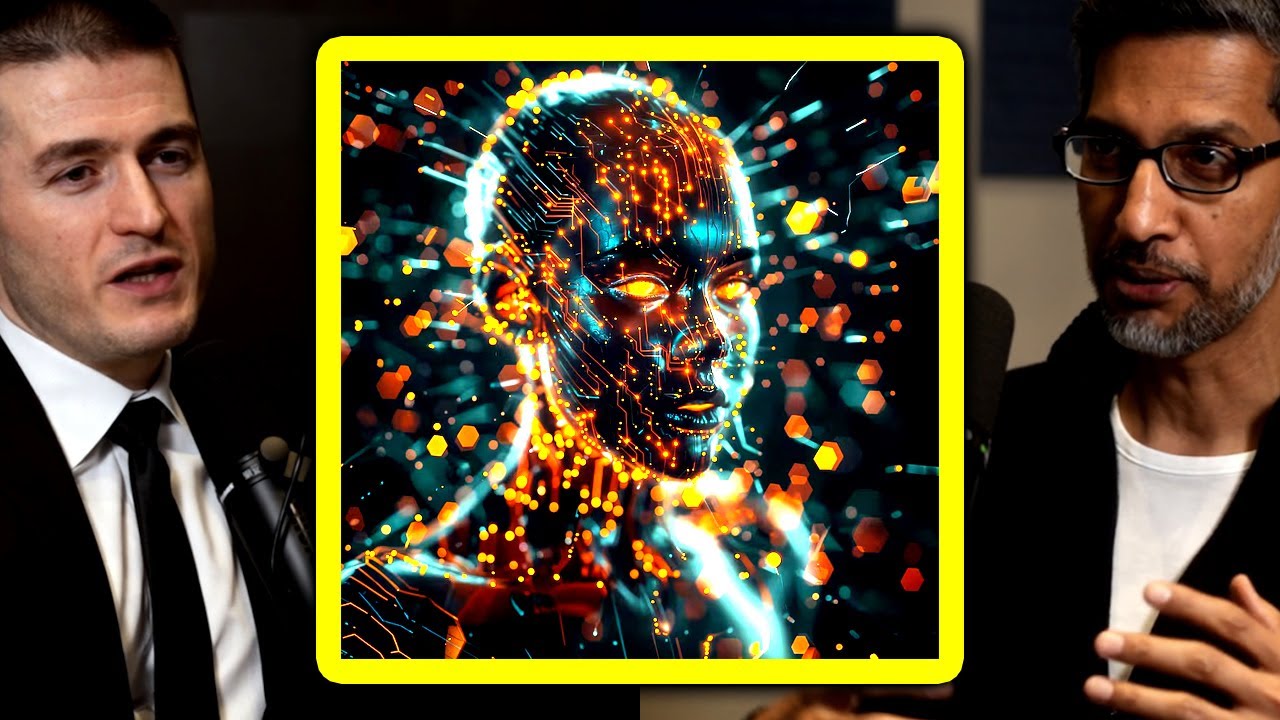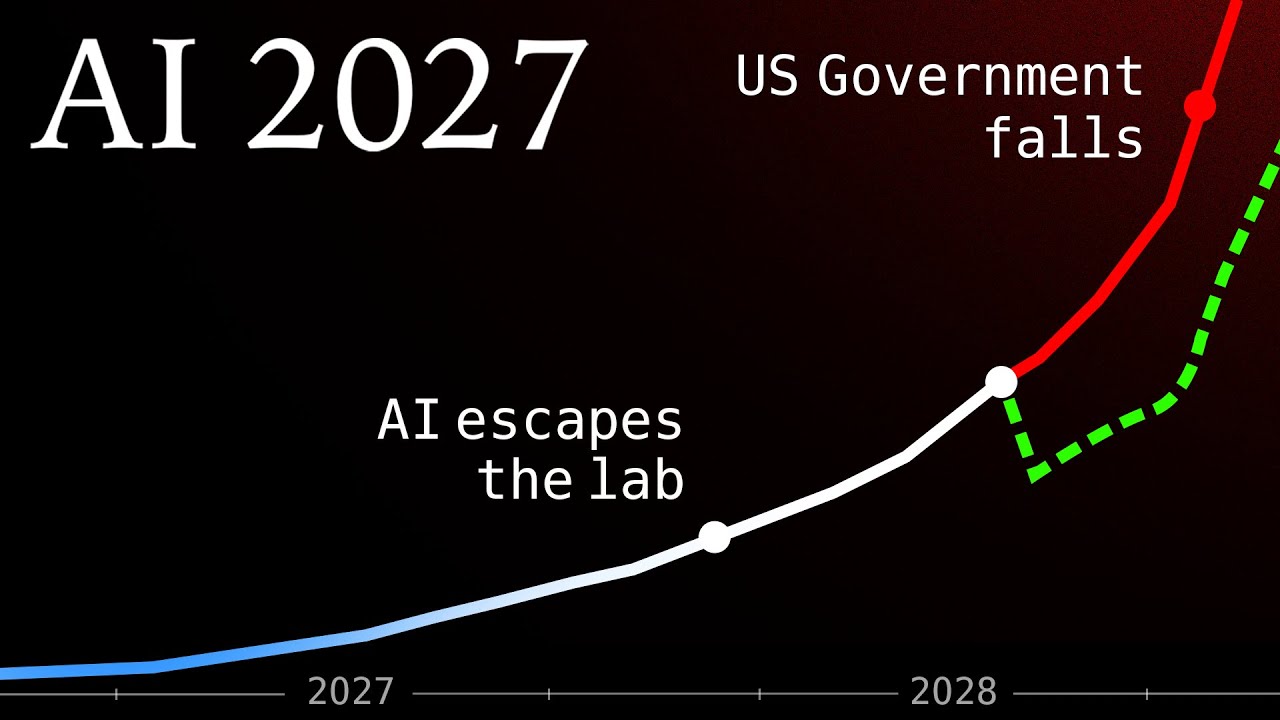Paul’s Perspective:
Evo 2 is a game-changer in the biological sciences, enabling rapid advances in protein study that could lead to significant medical and bioengineering innovations. Understanding and forecasting protein functions within DNA enables scientists to unlock new possibilities in disease treatment and synthetic biology, making this tool invaluable for future breakthroughs.
Key Points in Video:
- Evo 2 is developed by a team led by Stanford’s Brian Hie.
- Trained on datasets from all known living species, including humans and extinct species.
- The tool is open-source and accessible to researchers globally.
- Transforms labs’ capabilities by allowing quick virtual queries.
Strategic Actions:
- Utilize Evo 2 to predict protein structures rapidly.
- Leverage the tool for identifying bioengineering and medical use molecules.
- Conduct virtual experiments swiftly, replacing years of traditional research.
The Bottom Line:
- Stanford’s new AI tool, Evo 2, revolutionizes the prediction of protein forms and functions coded in DNA.
- It enables bioengineering and medical breakthroughs by drastically reducing experiment times.
Dive deeper > Source Video:
Ready to Explore More?
Our team can help you integrate cutting-edge tools like Evo 2 into your research and development processes, empowering your breakthroughs in bioengineering and medicine.





